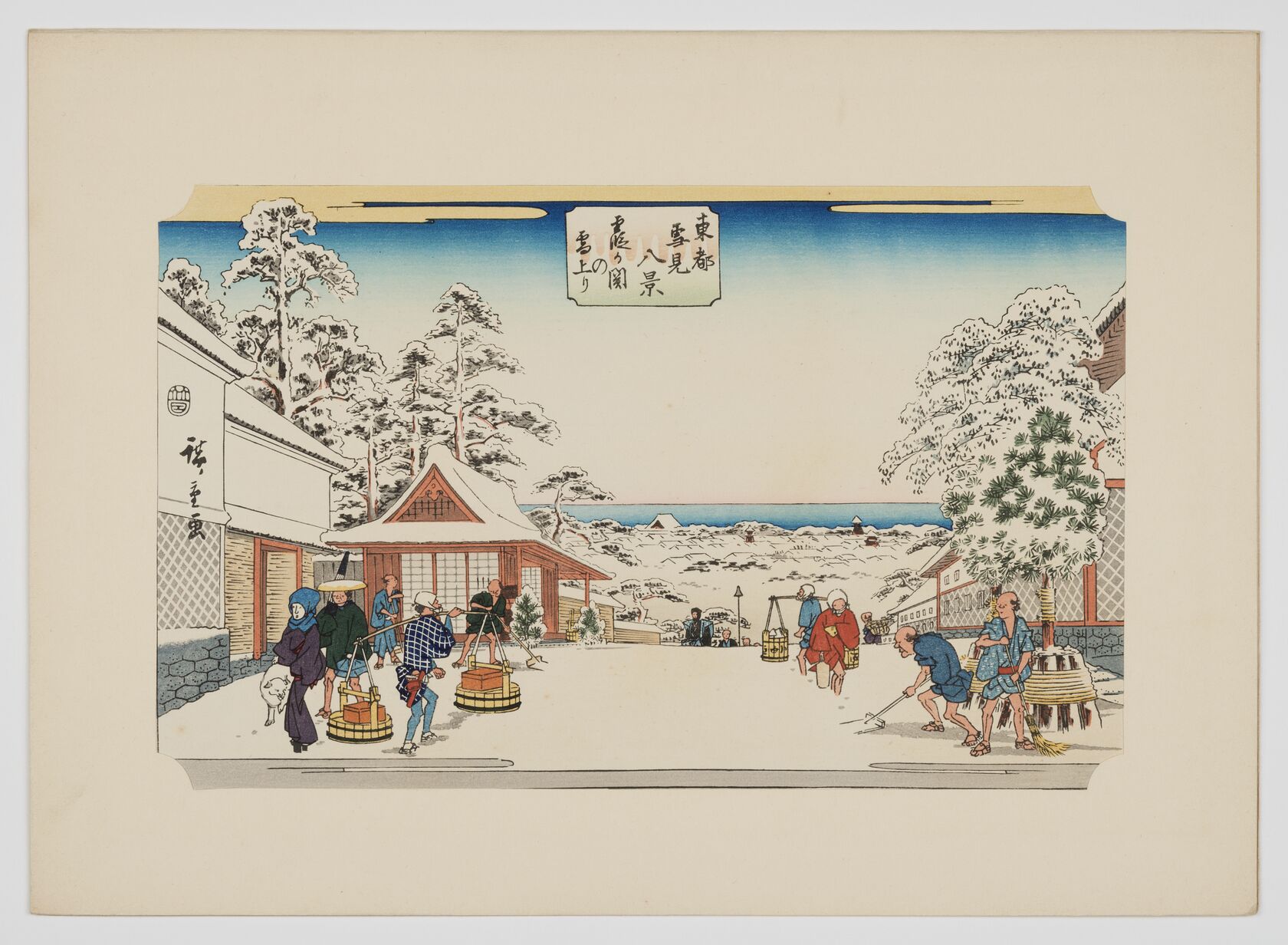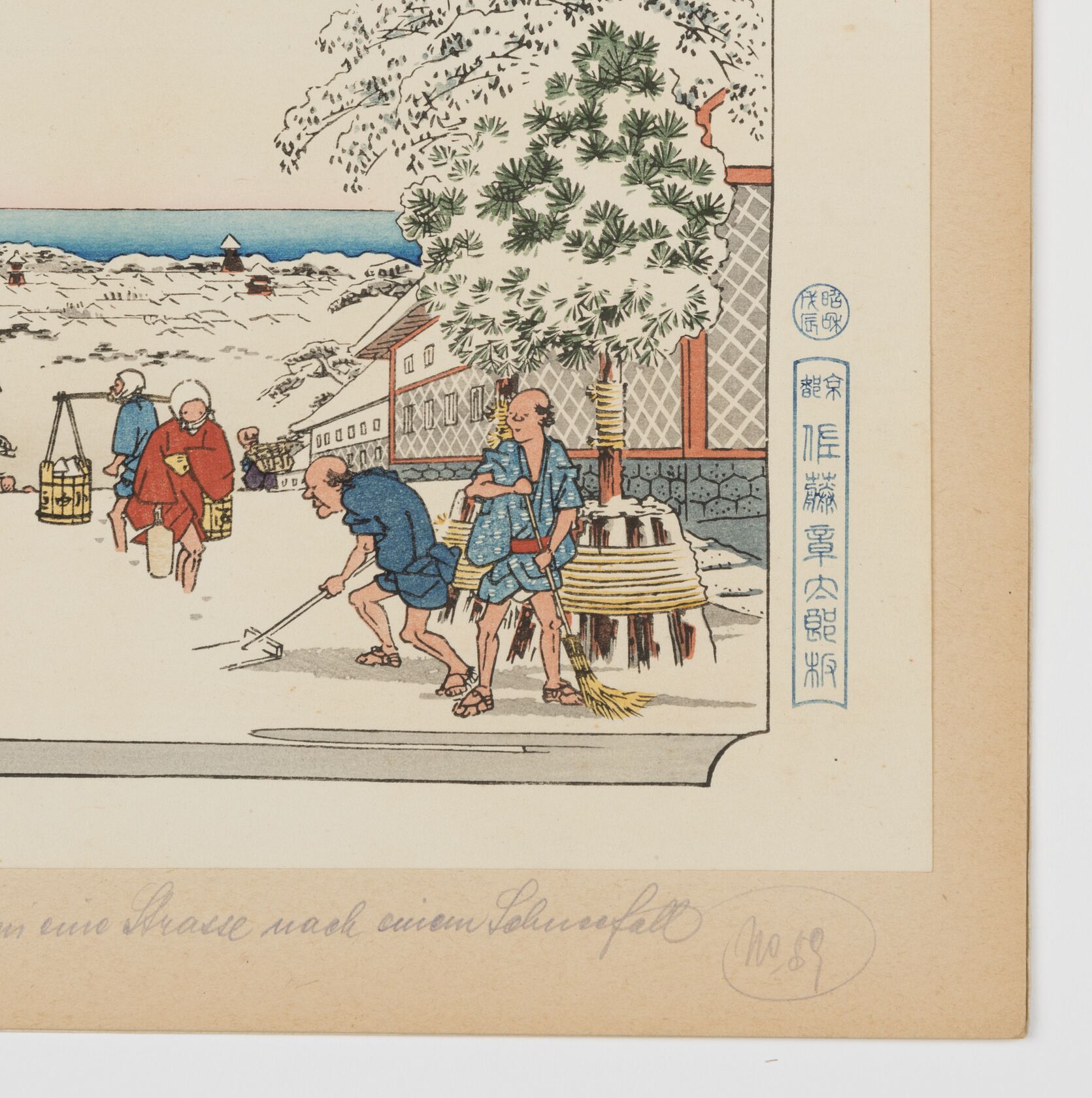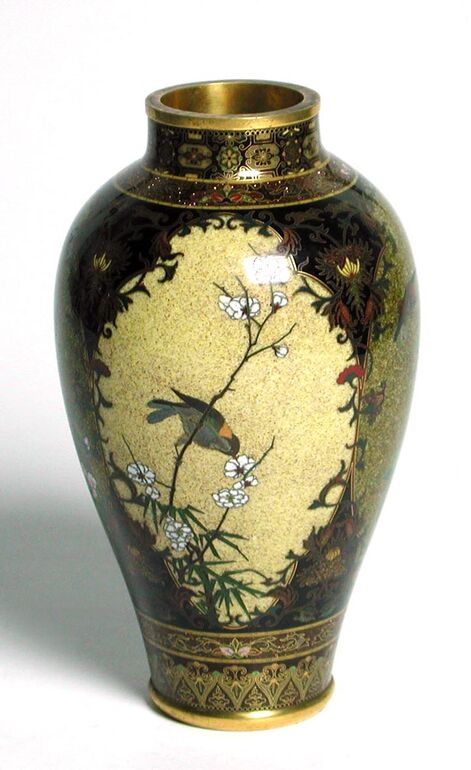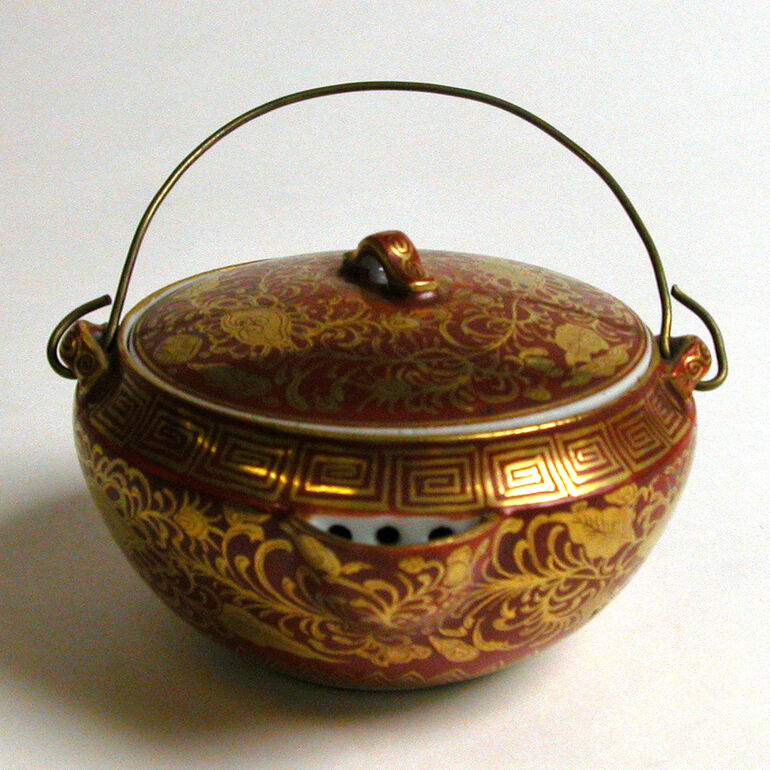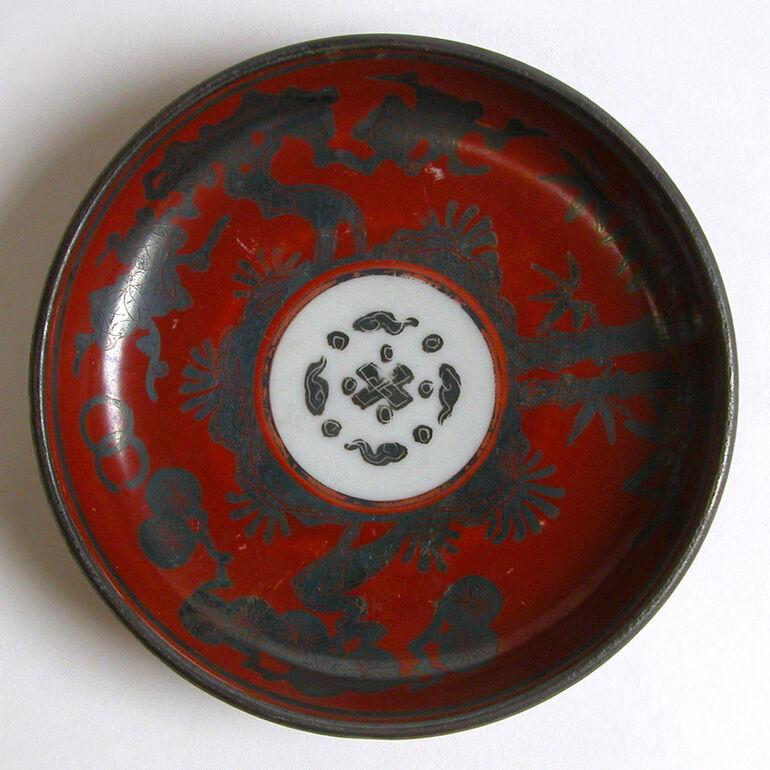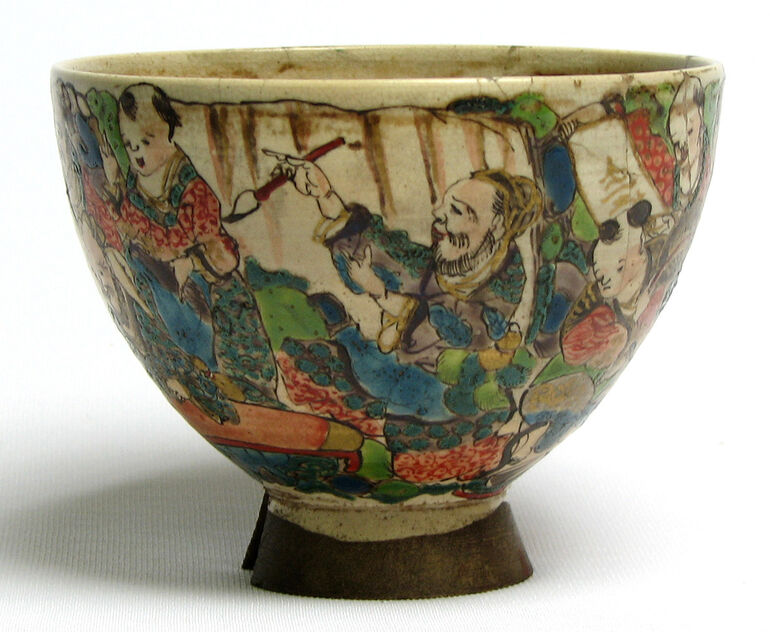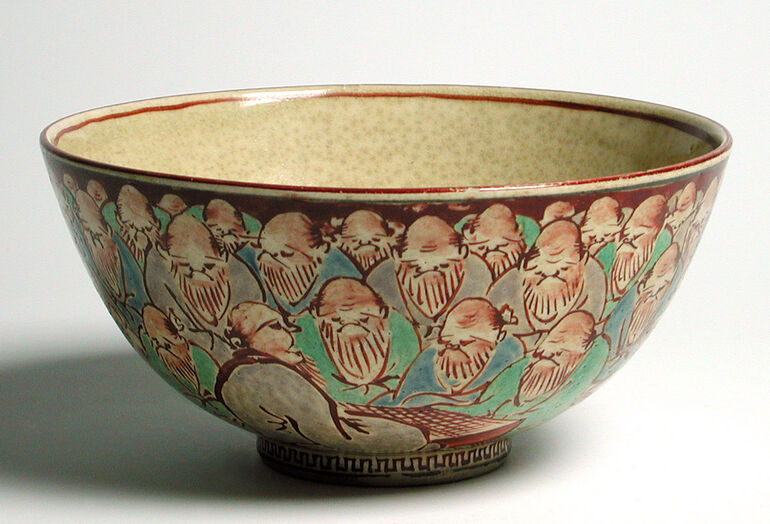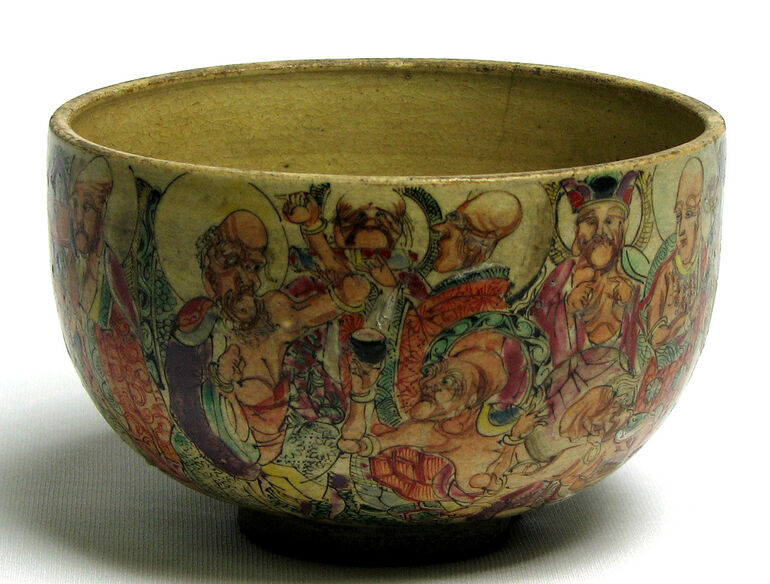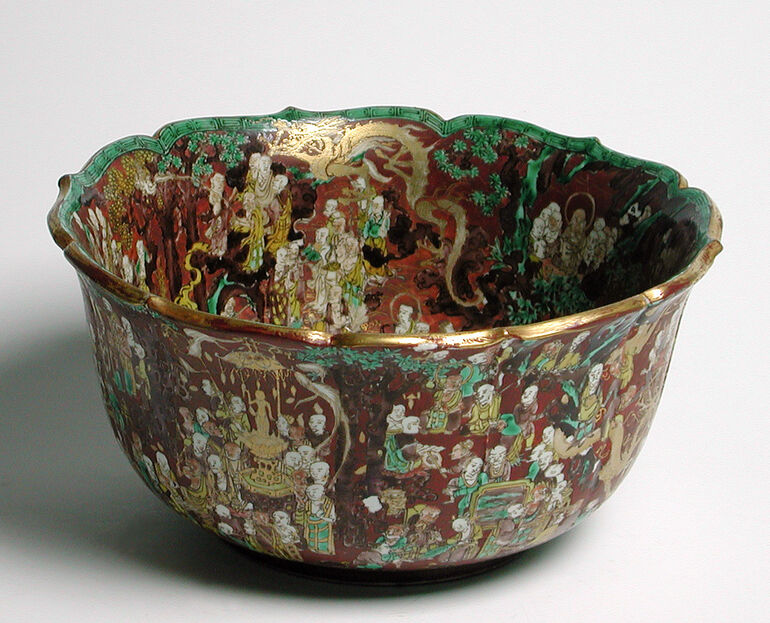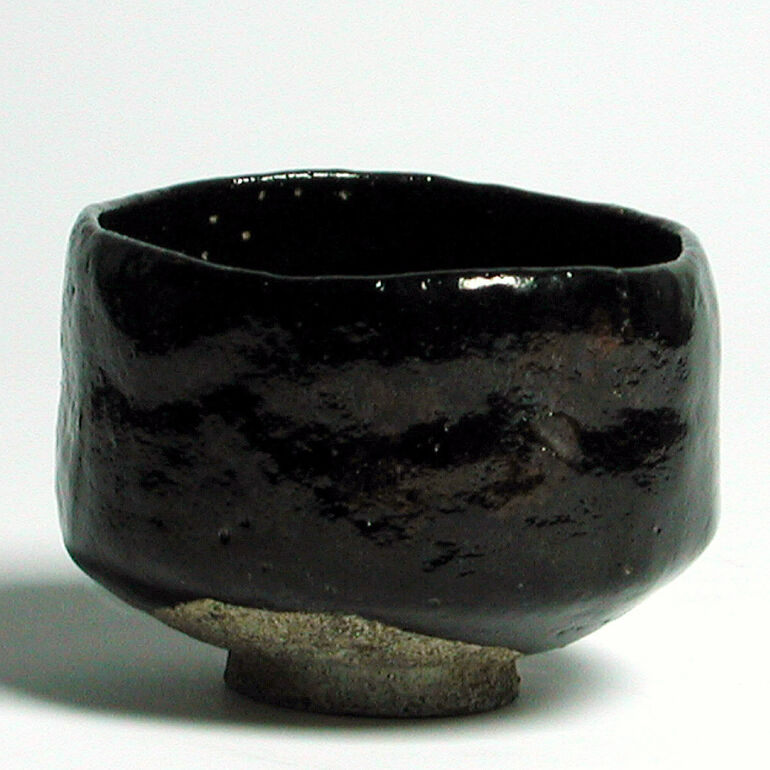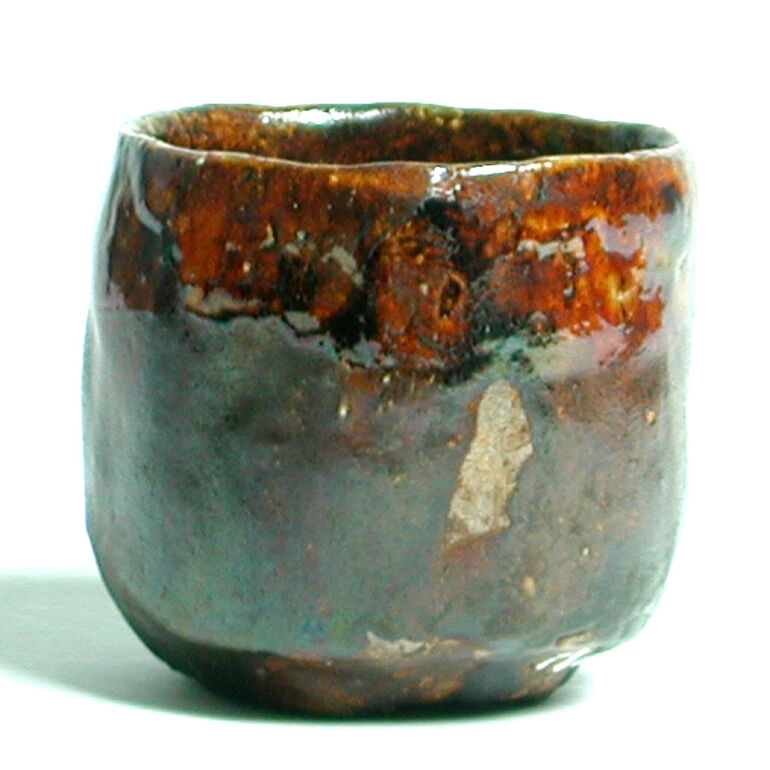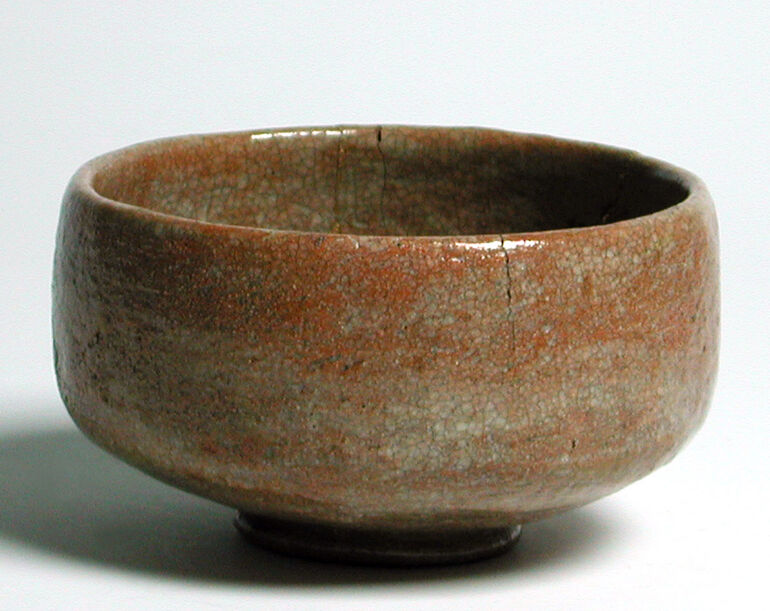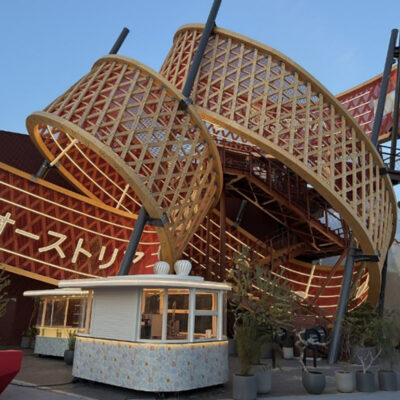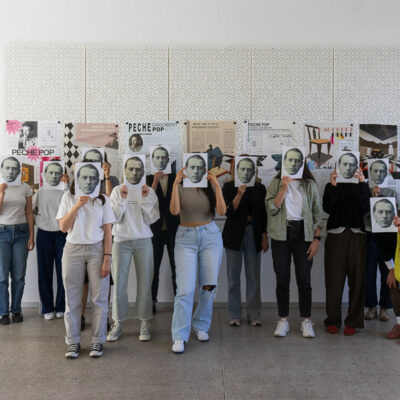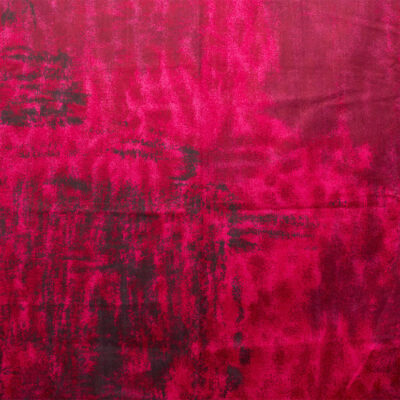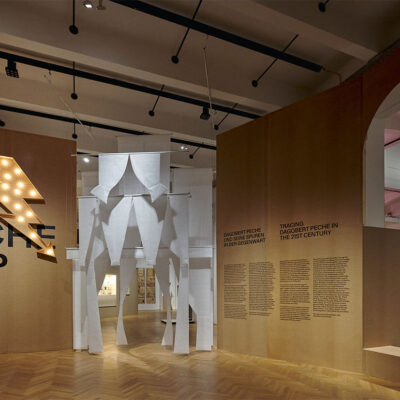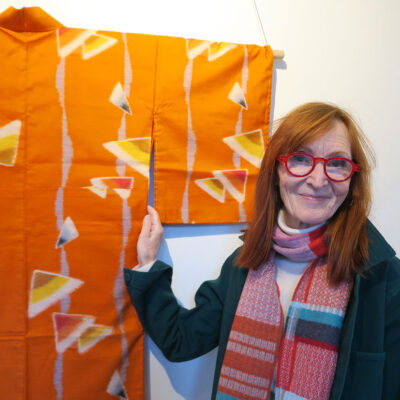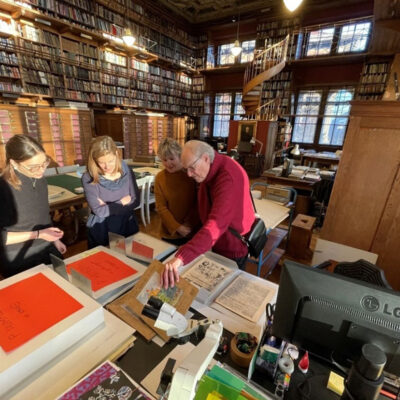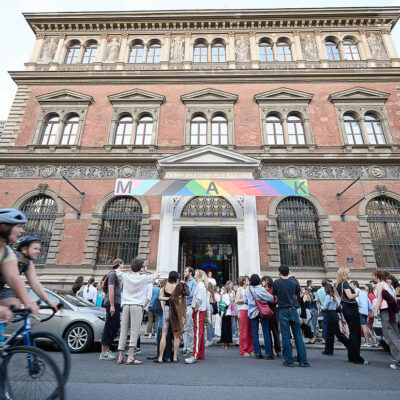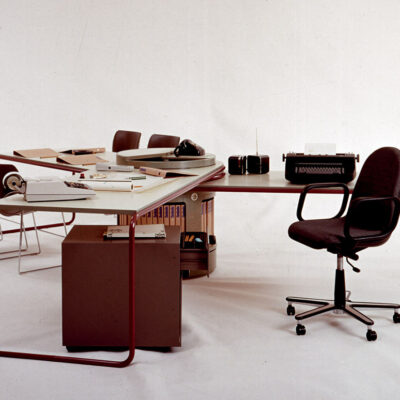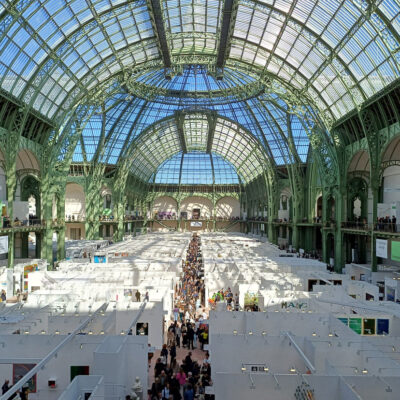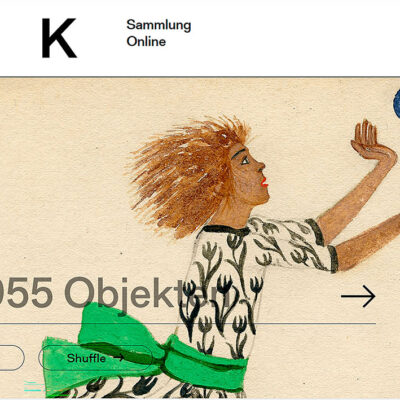1/2
Titel
- Ansicht der Strasse nach Kasumigaseki nach dem Schneefall (Kasumigaseki no yuki'agari 霞ヶ関の雪上り)
- Acht Ansichten mit Schnee aus der östlichen Hauptstadt (Tōto yukimi hakkei 東都雪見八景) (Serientitel)
Sammlung
Entstehung
- Ausführung: Maeda Yūjirō, Kyōto, 1928
- Entwurf: Utagawa Hiroshige 歌川廣重
- Verlag: Satō Shōtarō 佐藤章太郎
Epoche | Dynastie | Stil
Inventarnummer
- KI 10569-7
Provenienz
- Schenkung / Donation , 1948
Abteilung
- Asien
Signatur | Marke
- Signaturbezeichnung: Hiroshigega 廣重画
Beschreibung
-
Entwürfe von Hiroshige von ca 1842-1847, Erstdruck Kyōto 1928
A complete set of full-size images of impressions from the original blocks of the 1928 Shotaro Sato edition (albeit a later printing) of the masterful series '8 Snow Scenes of the Eastern Metropolis' by Hiroshige
The First Publication
The story of the publication of this series is without doubt one of the strangest of all Hiroshige's works. It would be hard to imagine a finer description of the circumstances than that provided by the publisher, Mr. Shotaro Sato, and included on a descriptive sheet, which was included with complete sets of the 1928 edition of the series, in a specially designed portfolio:
It is with great pleasure that I announce the publication of a hitherto unknown series of eight prints by Hiroshige I, from the artist's original drawings in the possession of M. Emile Javal, a judge in the Civil Court of the Seine, Paris, France.
These drawings were executed in the priod between the last two years of Tempo to the end of Koka (1842-1847), which may be called Hiroshige's golden age when his art reached its fullest maturity. How it had been that they were not engraved and published but were carried away to Europe is an unexplained mystery. As they bear the impressions of the seal of the Nanbushi (ward head-man) Fuka-Tsu Ihei, who acted as the official censor of publications in the fourth and eleventh months of the years from 1840 to 1847, it is evident that their publications was intended and had been approved. In trying to account for the fact that following the censor's approval they were not handed to an engraver, I can only suggest that in some way, perhaps as a consequence of the death or failure of the Edo publisher for whom they were designed, they may have been bought by someone who took them to Nagasaki and sold them to a Dutch trader who sent or carried them to Holland, in the the days before the Meiji Restoration. Be that as it may, they are now precious possesions of M. Javal who showed them to me when I paid him a visit in 1927, and who graciously gave me his permission when asked for the privilege of puhlishing them.
As the drawings are in black and white only, and are without directions by Hiroshige for the coloring of the prints which should be worthy of him, they called for the exercise of painstaking care. The first step was to get together as many of his snow-scene prints as possible and to study his method of coloring them. The next step was to engage the services of Yujiro Maeda, the best print-block engraver in Japan, and Mr. Gasen Oiwa, the best printer, both of them highly skilled crafstmen who had experience in engraving the works of Seiho, Bakusen, Kampo, Suizan and Koei, all well-known Kyoto artists of the present day. Next, when the key-blocks had been engraved by Mr. Maeda, the advice of an artist who is a color-print expert was sought and many trial colorings were made in an endeavour to assimilate Hiroshige's coloring as closely as might be. This took much time, but at last for each of the eight subjects a color scheme was evolved which we venture to think he would have approved, and which we belive to be very nearly, if not exactly, what he would have designated. Finally, when the color-blocks had been engraved, Mr. Oiwa took the printing in hand and has spared no pains in his effort to produce prints that should rival those issued in Hiroshige's own lifetime.
These eight prints must surely rank among Hiroshige's acknowledged masterpieces. A foreign expert has said that 'Hiroshige was an artist of snow and rain'. He was certainly excelled in the representations of snow scenes, and these are in his very best manner. In my opinion there are no other works by him that more fully portray the varying moods of Edo in winter than do these prints. As a publisher I am proud and happy to be able to add one more to the series of eight wonderful prints by this great artist.
Shotaro Sato
Publisher
Kyoto, July 1st, 1928
Appendix: The Pinckard Catalog Entry
As this catalog is very rare, the entry for this series in it is reproduced here:
24. HIROSHIGE (opus posthumus)
Toto Yukimi Hakkei (Eight Snow Scenes in the Eastern Capital), a set of 8 oban prints in an especially designed portfolio (32 x 44 cm) published by Shotaro Sato, Kyoto, 1928, in a limited edition of 100, of which this is numbered 26.
According to a note by the publisher Mr Sato which accompanies this portfolio, Hiroshige finished and signed the original drawings for this set between 1842 and 1847. They were passed by the censor, but the blocks were never cut, possibly because of the publisher's bankruptcy. Instead the drawings made their way to Europe, perhaps through Dutch traders in Nagasaki, and eventually into the famous collection of M. Emile Javal of Paris, where Mr. Sato found them and was given permission to publish the first edition. The finest wood-engravers, colorists and printers at the time were engaged in the production, following the tradition procedures of Hiroshige's own publishers, in an effort to achieve a standard of woodblock printing which would be worthy of the originals. Indeed, these eight prints do represent a peak of technical skill which it is difficult to believe can ever be reached again. And despite the 80-year gap between conception and execution these can justly be described as first impressions, first states, of a set which embodies some of Hiroshige's finest work. The subjects are:
[list of prints]
...
http://mercury.lcs.mit.edu/~jnc/prints/8snow.html
-
Ukiyo-e 浮世絵, Ansicht der Strasse nach Kasumigaseki nach dem Schneefall (Kasumigaseki no yuki'agari 霞ヶ関の雪上り), Maeda Yūjirō, MAK Inv.nr. KI 10569-7
-
https://sammlung.mak.at/de/collect/ansicht-der-strasse-nach-kasumigaseki-nach-dem-schneefall-kasumigaseki-no-yukiagari-霞ヶ関の雪上り_198586
Letzte Aktualisierung
- 14.06.2025
